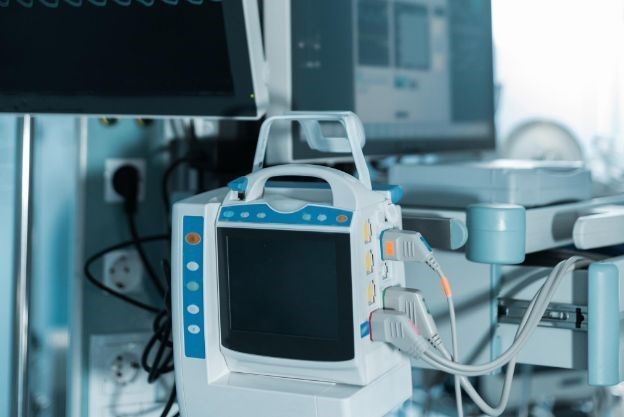
Information Technology Systems Used in Home Health Care
We live longer than before; people aged 70 and older account for over 35% of the US population today. So, it is hardly a surprise that the home health care sector is booming. While it is true that doctors prescribe medication and supervise treatment plans, they also rely on nurses, family members and registered health aides, who are responsible for direct patient care.
 Recent technology innovations in the health care sector have helped diminish costs, while improving patients' life quality. Today, performant medical equipment which was being used exclusively in hospitals only a few years ago is also available in home-care settings.
Recent technology innovations in the health care sector have helped diminish costs, while improving patients' life quality. Today, performant medical equipment which was being used exclusively in hospitals only a few years ago is also available in home-care settings.
Mobile technologies help people live better lives by enabling easy, reliable two-way communication between patients and caregivers. The key advantage of the mobile devices which are being used in the health care industry is that they can be worn comfortably the entire day. This allows any patient to stay active, knowing that qualified help is available anytime he or she needs it.
Sometime all that's required is a dedicated app, which is installed on the owner's mobile phone. Since almost everyone owns a smartphone these days, patients can use them to send and receive messages to/from their caregivers, make phone calls, have their location tracked automatically, and more.
Cellular phones can work in conjunction with other mobile gadgets which complement their functionality. Smart watches such as Garmin Vivosmart 4 and Apple Watch Series 5 can be used as sleep monitors, providing an advanced REM analysis. Additionally, Garmin's product can utilize the Pulse OX sensor to measure blood oxygen saturation levels, while Apple's device incorporates a heart rate monitor which includes a powerful ECG feature.
Patients suffering from Alzheimer's disease can benefit from mobile devices which use software that analyses movement patterns, and then determines if the person is having a difficult time trying to accomplish a specific task, while mobile barcode scanners can be used by caregivers to evaluate if the patient has gotten the proper medication.
The Internet of Things (IoT) devices are hardware/software tools that gather data and share it with other devices. So, you could say that a smart watch which can monitor heart rates is also a medical IoT device. There are many more ways to use IoT devices in home care, though. Portable, IoT-based blood pressure sensors can detect if one of the monitored values has exceeded the allowed range, sending alerts to the caregiver as soon as that happens, and thus helping medical professionals determine potential health issues early on.
The good news doesn't stop here: these IoT devices are perfect for seniors, because they can be set up and managed over the Internet, if needed. And since these remote health monitors are connected to a network, the data can be shared amongst health care providers, care takers, etc.
As a conclusion, the advances in technology and the declining costs of IT components, coupled with the constantly increasing number of mobile and IoT devices, have led to numerous opportunities which allow hardware and software developers to create products that help improve the quality of home care and lower medical bills.
